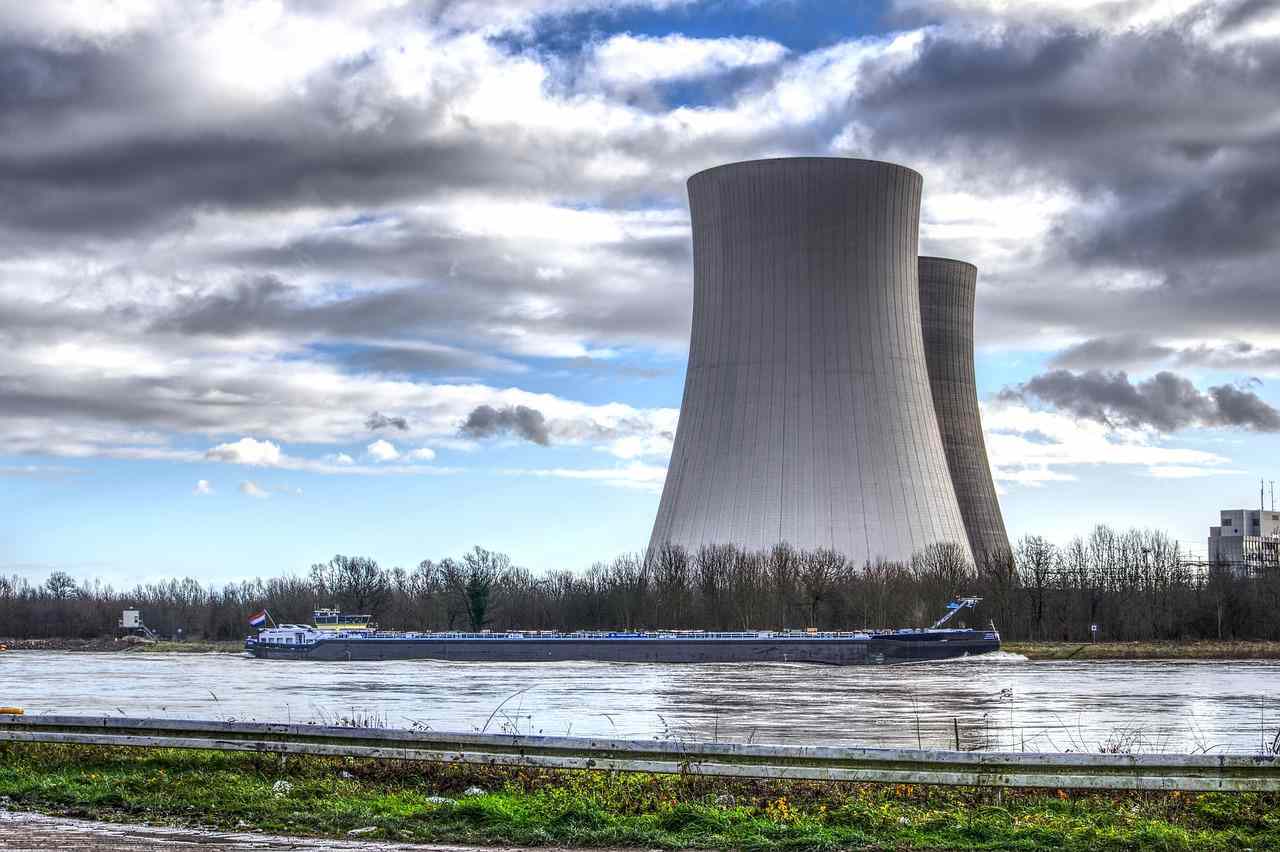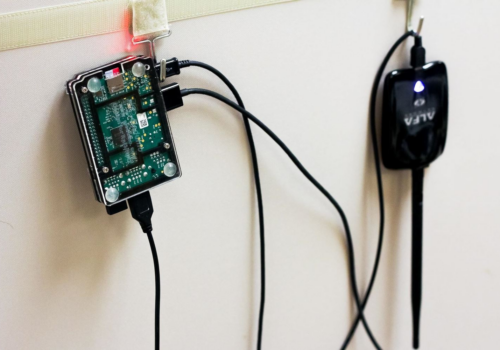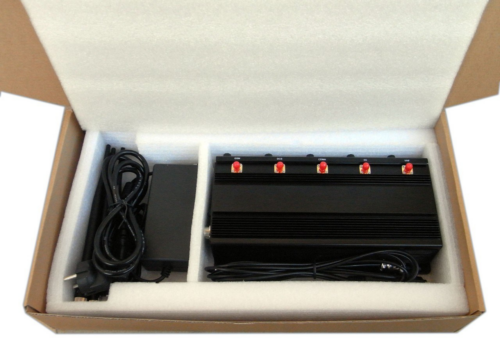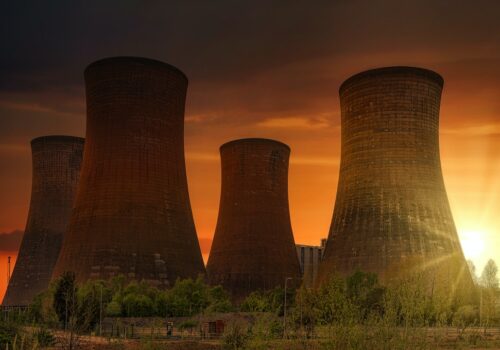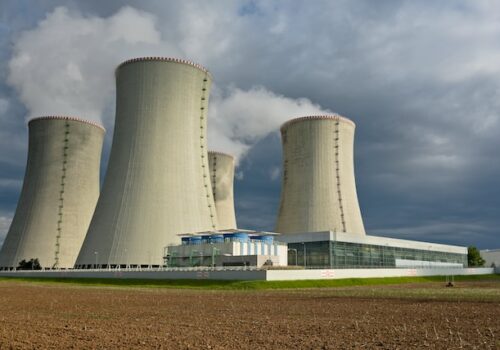How a Nuclear Reactor Works
A nuclear reactor is like an enormous, high-tech tea kettle.
Nuclear plants split atoms to heat water into steam. The steam turns a turbine to generate electricity. It takes sophisticated equipment and a highly trained workforce to make it happen, but it’s that simple.
How Is Nuclear Energy Used to Produce Electricity?
In most power plants, you need to spin a turbine to generate electricity. Coal, natural gas, oil and nuclear energy use their fuel to turn water into steam and use that steam to turn the turbine.
- Nuclear plants are different because they do not burn anything to create steam. Instead, they split uranium atoms in a process called fission. As a result, unlike other energy sources, nuclear power plants do not release carbon or pollutants like nitrogen and sulfur oxides into the air.
- Nuclear reactors are designed to sustain an ongoing chain reaction of fission; the reactors operating in the U.S. today are filled with a specially designed, solid uranium fuel and surrounded by water, which facilitates the process. When the reactor starts, uranium atoms will split, releasing neutrons and heat. Those neutrons will hit other uranium atoms causing them to split and continue the process, generating more neutrons and more heat.
- This heat is used to create the steam that will spin a turbine, which powers a generator to make electricity.
Two Types of Reactors in the United States
The nuclear reactors currently operating in the United States are either boiling water reactors or pressurized water reactors. The names can be a bit misleading: Both use steam to power a generator, but the difference is how they create it.
- A boiling water reactor heats up the water in the reactor until it boils into steam and spins the turbine.
- A pressurized water reactor heats up the water in the reactor too. However, that water is kept under pressure so it doesn’t boil and is piped to another supply of water that becomes steam and spins the turbine.
New Nuclear Reactor Technology
Innovative entrepreneurs and startups are developing new types of reactors to be more efficient and flexible in operations, reach remote and developing areas, and even turn seawater into drinking water.
- Advanced reactors include many types of reactors, including small modular reactors (SMRs), now in development. Several of these new designs do not use water for cooling; instead they use other materials like liquid metal, molten salt or helium to transfer heat to a separate supply of water and make steam.
- SMRs are advanced reactors that produce 300 megawatts or less of electricity. They will be less costly to construct and can be built in factories and shipped to where they are needed, so they can help power remote areas or developing nations with carbon-free energy. SMRs also can scale in power output to meet electricity demand, making them ideal partners to support intermittent renewable energy sources.
- Some advanced reactors will operate at higher temperatures or lower pressures than traditional nuclear reactors. They also will offer other applications like water desalination and hydrogen production. Other reactors will be very fuel efficient by producing less waste or by having extended fuel cycles and not having to stop and refuel for a decade or more.
